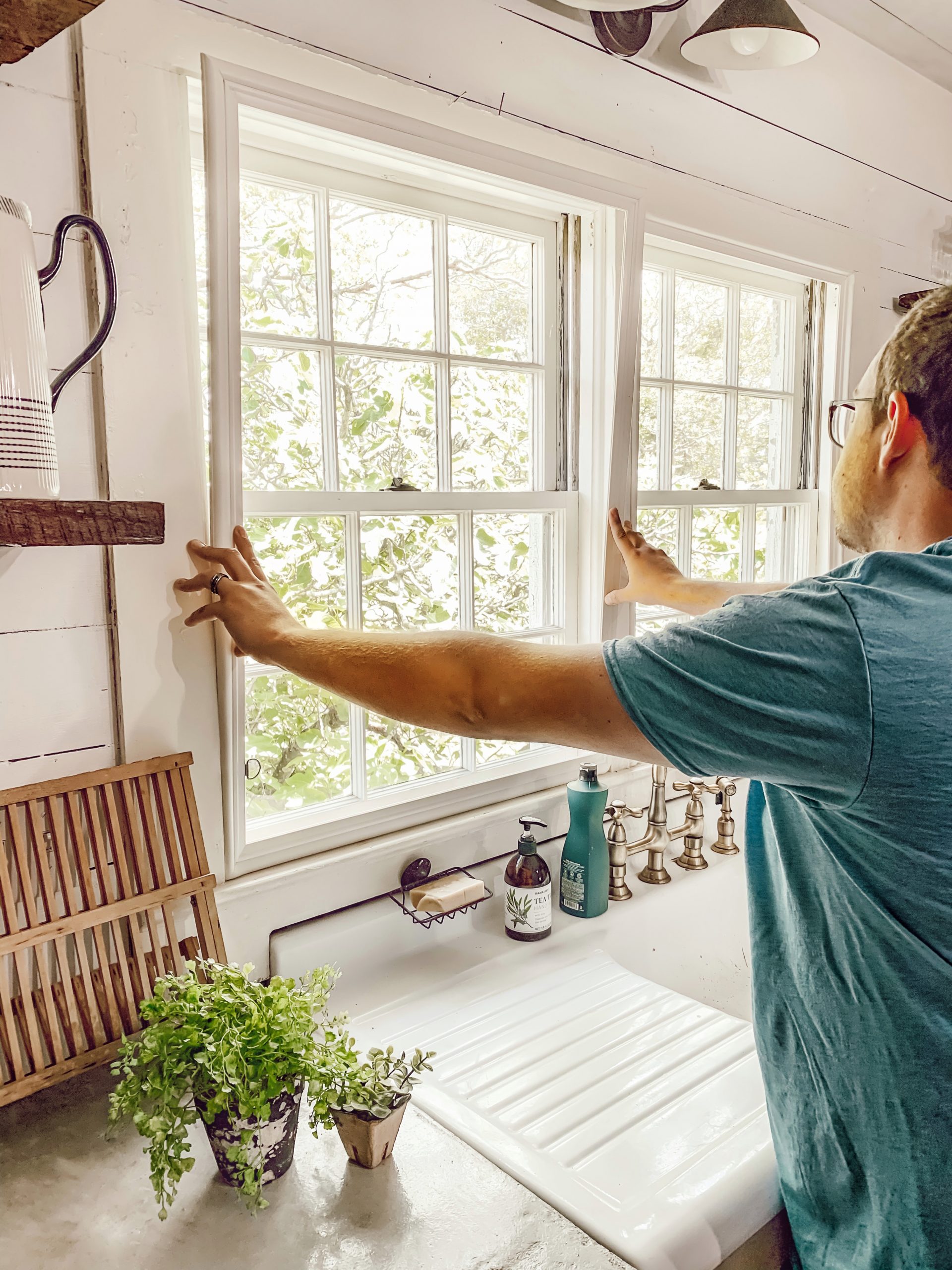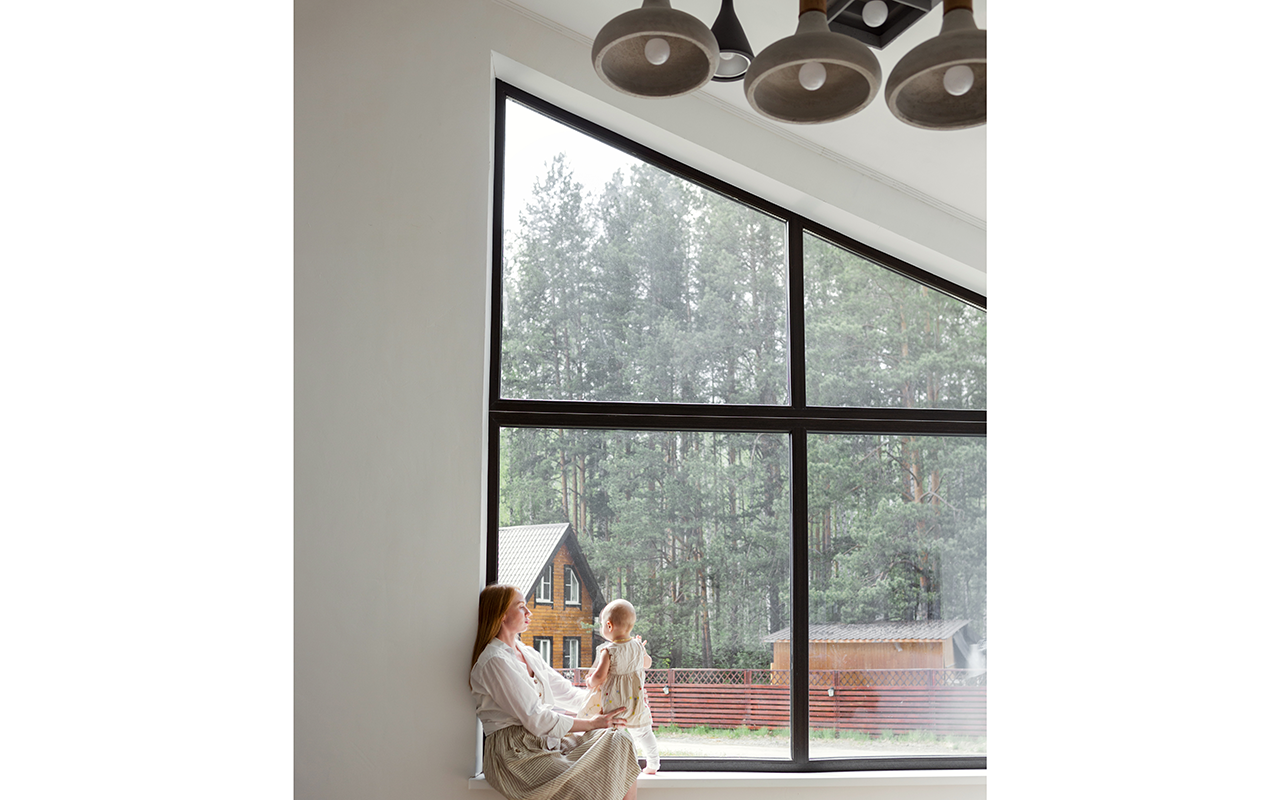There are many different types of both storm windows and replacement windows. Both have their benefits and drawbacks. This blog goes into the specifics of construction of both.

New windows are made from glass panes (you’ll want double- or triple-pane for energy efficiency). For extra energy efficiency you can get argon gas pumped between the panes for insulation or Low-E (low-emissivity) glass. Frames come in fiberglass, aluminum, vinyl or clad. Clad has an interior of wood and an exterior of one of the other materials, which is nice because it gives a classic look inside with a more lasting outward-facing material.
Storm windows are an extra layer of glass or acrylic placed over your existing window that adds insulation, increases energy efficiency, and reduces noise. They have a wood or metal frame and are attached to your window frame by a tracking system, compression system, caulk, or screws. Exterior storm windows are attached to the outside of your windows, while interior window inserts are placed inside your windows.

Both replacement windows and storm windows must be replaced between 10-20 years, typically. Warranties for both range from 10 years to lifetime. Storm windows, in general, are less complex, and therefore less likely to break or fail. They are also less expensive and less difficult to replace—there’s little to no construction involved in installing them.
With proper care, including storm windows, original windows can last 100+ years. Storm windows can be custom built for your window, including out-of-square dimensions. Wood frames can last another 100 years only to be restored again.
Many original windows come with old-growth wood frames. Old-growth wood is more pest and decay resistant, is sturdier, and expands and contracts less in varying weather conditions. Wood movement can cause paint to crack, joints to loosen, and gaps to form. Those gaps can let in more drafts than well cared for old-growth frames.

Old-growth wood has ten times the rings per inch new-growth wood does. This is because it was allowed to grow slowly instead of rapid growth wood that is cultivated specifically for construction. Newer wood does not have the density and therefore strength of this non-renewable resource.
New vinyl windows come with new efficiencies, but they also come with health risks. Vinyl is the least expensive replacement window option, but the manufacturing process of PVC (polyvinyl chloride) is toxic, the material isn’t long lasting, and it doesn’t recycle well. They also depreciate the value of your home compared to original windows.
Whether you have old-growth wood frames or not and you decide to replace your windows, they will no longer be of use in a house. Most will end up in a landfill. If you are getting rid of old-growth wood, there are organizations who salvage reclaimed wood. Please find a resource near you and donate your window frames if you can.






It’s amazing that original windows can last 100+ years. My husband and I are in the process of building a new home, and we are currently making decisions about the general layout and which materials we want to use. I think we will go for some high-quality storm windows since they will last a lifetime.
Thanks for mentioning the difference between storm and replacement windows. My wife and I want to buy new replacement windows soon. We’ll be sure to find a professional to have it installed.
I love reading your article and I hope that I will read some more about this stuff, it’s really informative and very entertaining. Thanks a lot and have a great day.
Many people don’t realize the difference between them and order replacement windows, after which they come to regret. It is vital to do research before choosing the best fit for replacement windows.